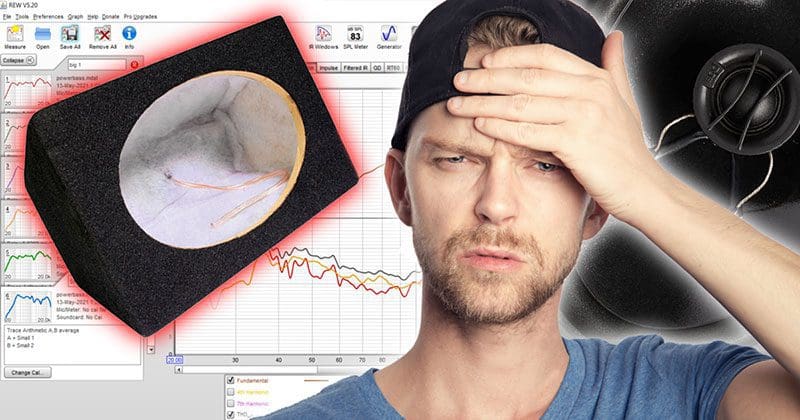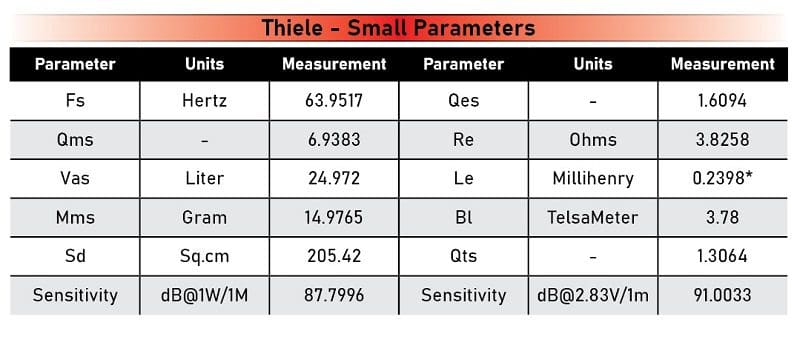Few items are as immediately relatable to car audio enthusiasts as those wedge-shaped 6×9 speaker boxes. The image of a pair of them in the rear window of an ’81-84 Monte Carlo is something that industry veterans joke about constantly. If you recall our article about speaker installation, you know that a certain volume of air needs to be in the enclosure or in the space behind the speaker for it to function properly. Let’s take a look at what these tiny enclosures do to the performance of the ever-popular 6×9 speaker.
A Quick Look at 6×9 Speakers
The classic 6×9 speaker offers a good balance of efficiency and bass output in a relatively narrow (in one dimension) design. They were the perfect solution for cars with shallow rear parcel shelves. While many folks balk at the idea of an oval speaker cone, the reality is, their inconsistent shape helps to prevent cone resonances. Depending on the brand, these speakers are available with quality designs that feature rubber surrounds on the woofers and silk dome tweeters. Most use two tweeters, sometimes in different sizes, to provide adequate output to keep up with the significant cone area afforded by the large woofer. Speaking of cone area, a 6×9 speaker offers a similar radiating area to an 8-inch round woofer at roughly 220 square centimeters.
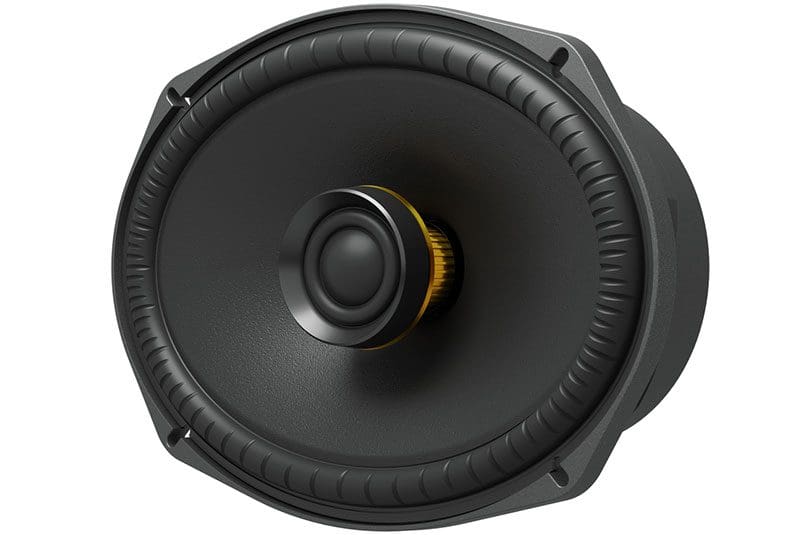
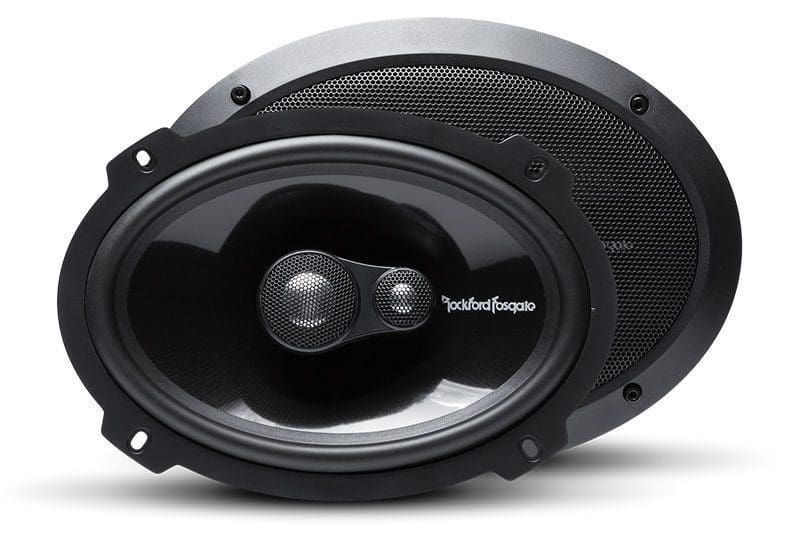
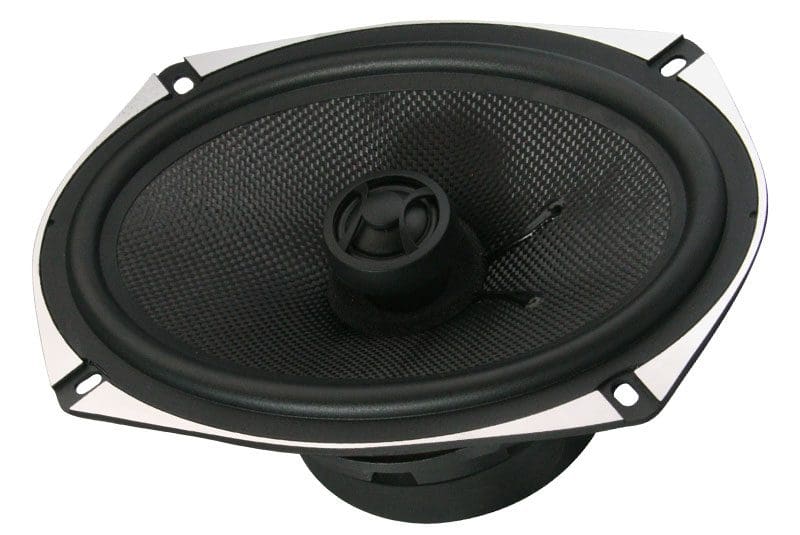
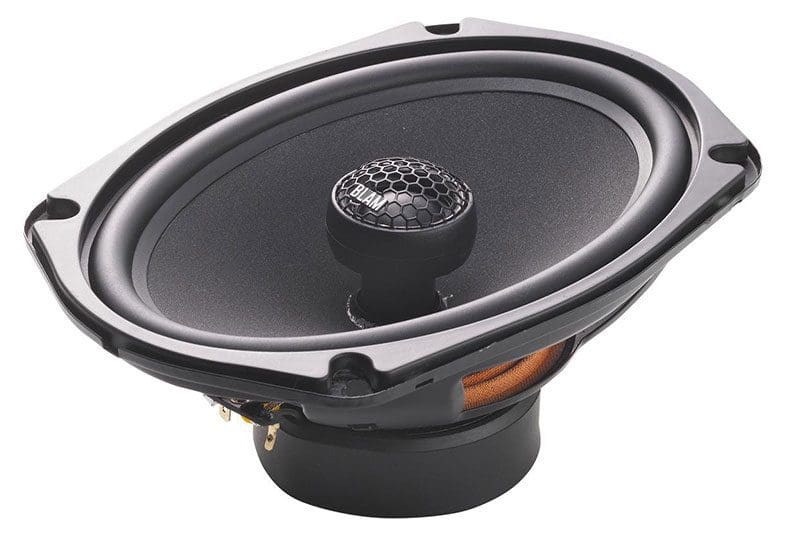
Most 6×9 speakers have no problem reproducing audio frequencies down to 50 Hz at reasonable output levels. As such, they need to be treated as a woofer in terms of providing them with adequate air space behind the driver. For this article, we borrowed a PowerBass S-6902T 6×9 speaker from our friends and BB Distribution in Oakville, Ontario. This driver is from their step-up S-Series, and it includes a two-layer treated paper woofer cone and a silk dome tweeter.
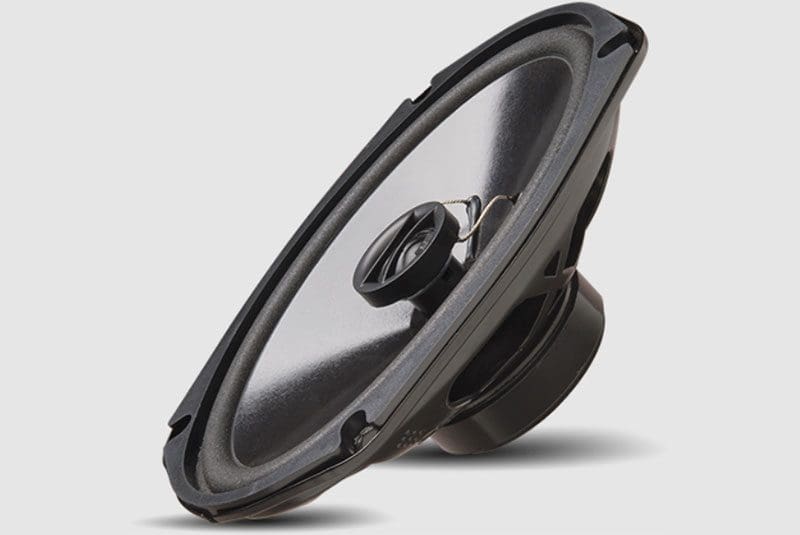
We’ll start by using the Smith & Larson Woofer Tester 2 to measure the Thiele/Small parameters of the woofer so we can model its performance in BassBox Pro 6.
A quick look at the numbers reveals that this is a moderate-compliance driver with a Vas of just over 27 liters and has a resonant frequency of 63.2 hertz. The woofer design has a high Q-factor of 1.3 to help it produce a good bump in the bass response. Let’s load the numbers into BassBox Pro 6 and run some simulations.
The software suggests that an ideal sealed enclosure would have a net internal volume of 1.35 cubic feet to achieve a Q-factor of 1.306. The cut-off frequency in this enclosure is 58.81 hertz. Increasing the enclosure volume or installing the driver in a typical infinite baffle location like the door of a truck or the rear deck of a car doesn’t affect the output dramatically.
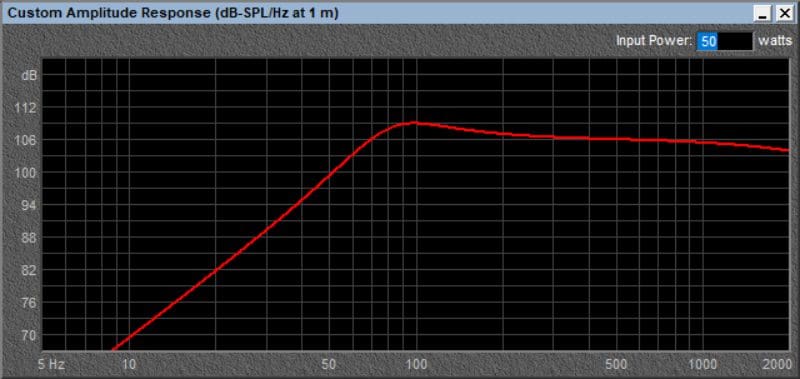
Cram Them in the 6×9 Boxes
Next, let’s take a look at the 6×9 boxes we have here to test. They are constructed from medium-density fiberboard (MDF) and have a very thin lining of insulation. The wall thickness is 0.5 inch, and most importantly, my calculation shows they have an internal volume of 0.133 cubic foot. We picked these up from a flea market-type store, and they seem a bit deeper than most on the market.
What happens when we install the PowerBass speakers in these relatively microscopic enclosures? Let’s see what the BassBox software predicts.
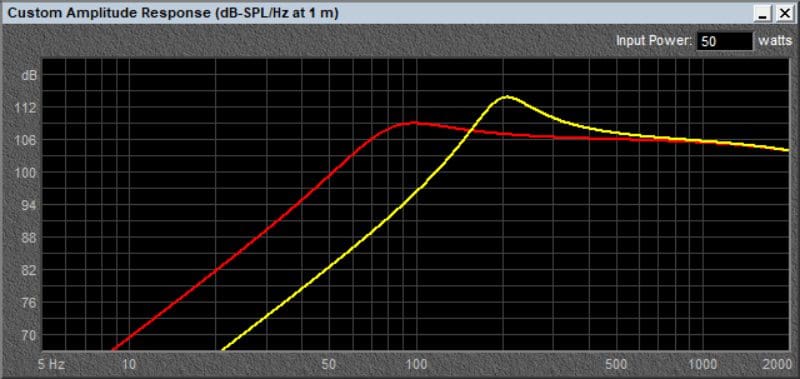
There might not be a better example of a speaker crammed into too small of an enclosure. The limited airspace results in the -3 dB point jumping to a 130.8 Hz, and the system Q is an atrocious 2.42. With a perfect theoretical Q being around 0.717, this is pretty far from ideal. Let’s see what the measured frequency response looks like.
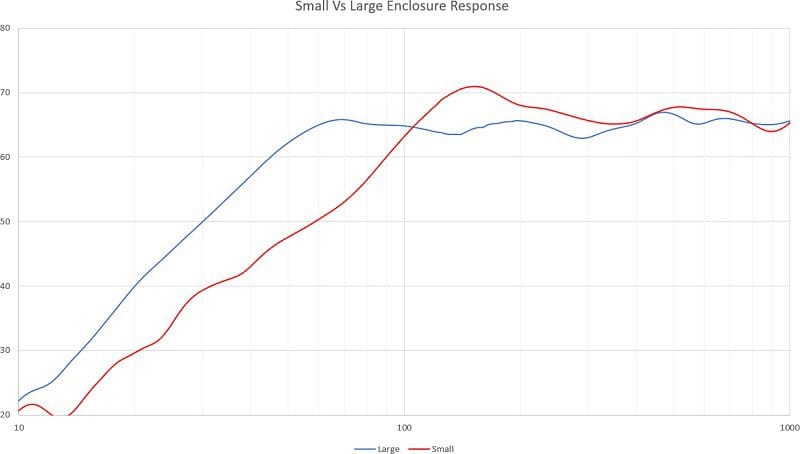
If ever there were a case of math predicting an outcome, this is a perfect example. Not only is there about 15 dB more output at 60 Hz in the larger enclosure, but the 7 dB bump centered around 150 Hz is also gone. While the emphasis in this range can be fun to bring drums or bass guitar sounds to life, the boost, in this case, is caused by the woofer cone resonating with the air in the enclosure. It’s riddled with distortion.
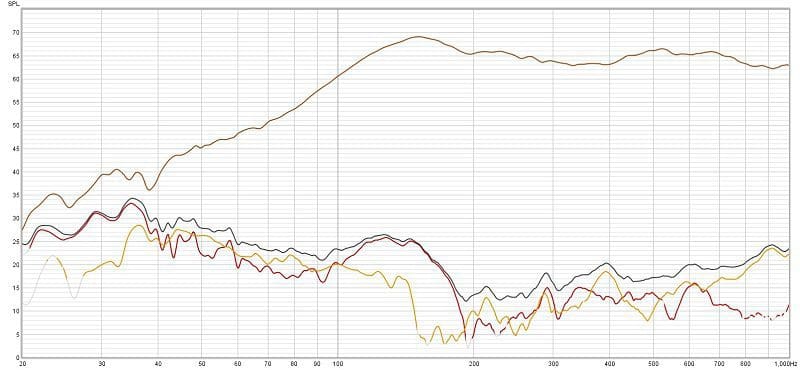
It’s Not the Speaker’s Fault
Before you think, “Man, is that speaker broken?” let us assure you that it isn’t. The response in the large test enclosure mimics what you’d hear if the speaker were mounted in a well-sealed door or the parcel shelf of a sedan. In fact, the response is impressively flat through the midbass region.
Speakers Require Proper Installation
One of the crucial considerations during the car audio system design phase is to make sure that each speaker that will play frequencies below 300 Hz is installed on a baffle or in a large enough enclosure. Tiny pods on the A-pillars for 4-inch speakers playing down to 150 Hz or little pods in the kick panels for 6.5-inch speakers trying to play down to 80 Hz don’t work. The peak in response you get would be exacerbated with moderate- to high-Qts speakers.
Drop by your local specialty mobile enhancement retailer today and talk to them about the different options for upgrading the speakers in your vehicle, and be sure to discuss where they’ll be mounted as part of the design process.
